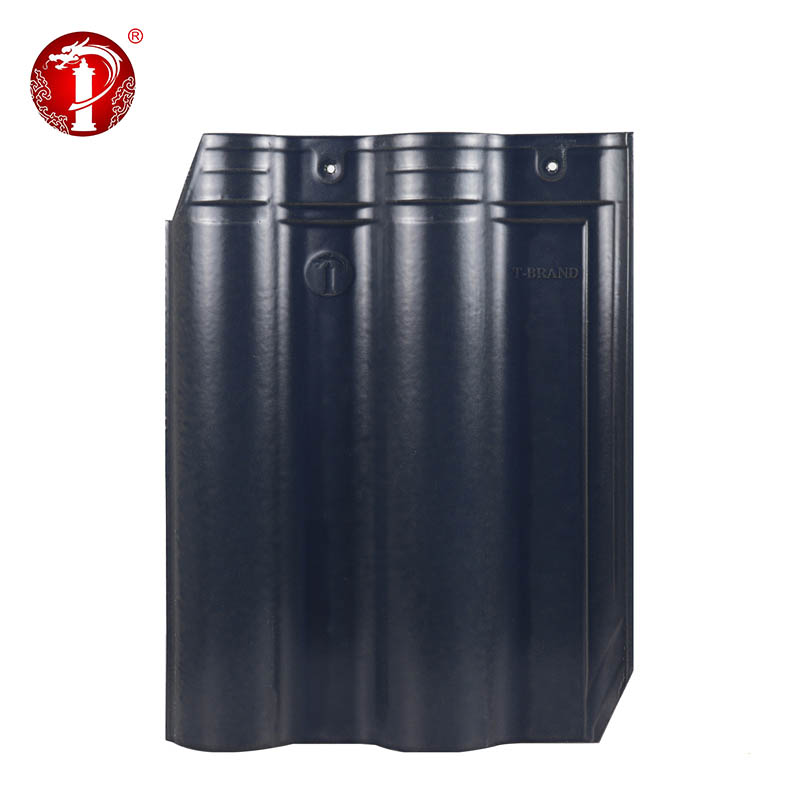What Are Ceramic Roof Tiles and Why Are They a Popular Roofing Choice?
2025-07-02
Ceramic roof tiles are durable, aesthetically pleasing roofing materials made from natural clay that has been shaped and fired at high temperatures. Known for their longevity and classic appearance, ceramic tiles have been used for centuries in residential and commercial roofing.
What Are Ceramic Roof Tiles?
Ceramic roof tiles are formed by molding natural clay into specific shapes, then firing them in a kiln to harden and strengthen the material. The firing process gives the tiles their characteristic hardness, weather resistance, and color retention. These tiles come in various styles, including flat, curved (Spanish or Mission style), interlocking, and more.
Advantages of Ceramic Roof Tiles

Durability: Resistant to fire, rot, and insect damage, ceramic tiles can last 50 years or more with proper maintenance.
Weather Resistance: Excellent at withstanding harsh weather conditions such as heavy rain, wind, and UV rays.
Thermal Insulation: Ceramic tiles help regulate indoor temperatures by reflecting heat, contributing to energy efficiency.
Aesthetic Appeal: Available in a wide range of colors and styles, they add timeless beauty and character to buildings.
Eco-Friendly: Made from natural materials and fully recyclable, ceramic tiles are an environmentally responsible choice.
Low Maintenance: Require minimal upkeep compared to other roofing materials.
Applications of Ceramic Roof Tiles
Residential homes, especially Mediterranean, Spanish, and Southwestern style houses.
Commercial buildings requiring durable and attractive roofing.
Restoration projects aiming to preserve historical architectural aesthetics.
Installation Considerations
Ceramic tiles are heavier than many roofing materials, so roof structure must support the weight.
Proper installation by experienced professionals is essential to ensure waterproofing and tile longevity.
Breakage can occur during handling or extreme impact, so care is needed during installation and maintenance.
Conclusion
Ceramic roof tiles offer a blend of strength, beauty, and sustainability that make them a favored roofing option worldwide. Their timeless style and excellent performance make them suitable for a variety of architectural designs and climates.


